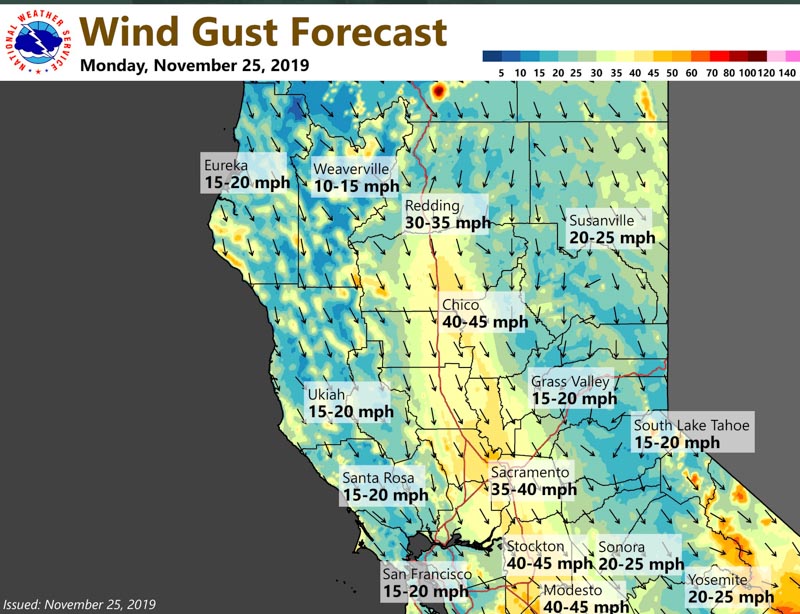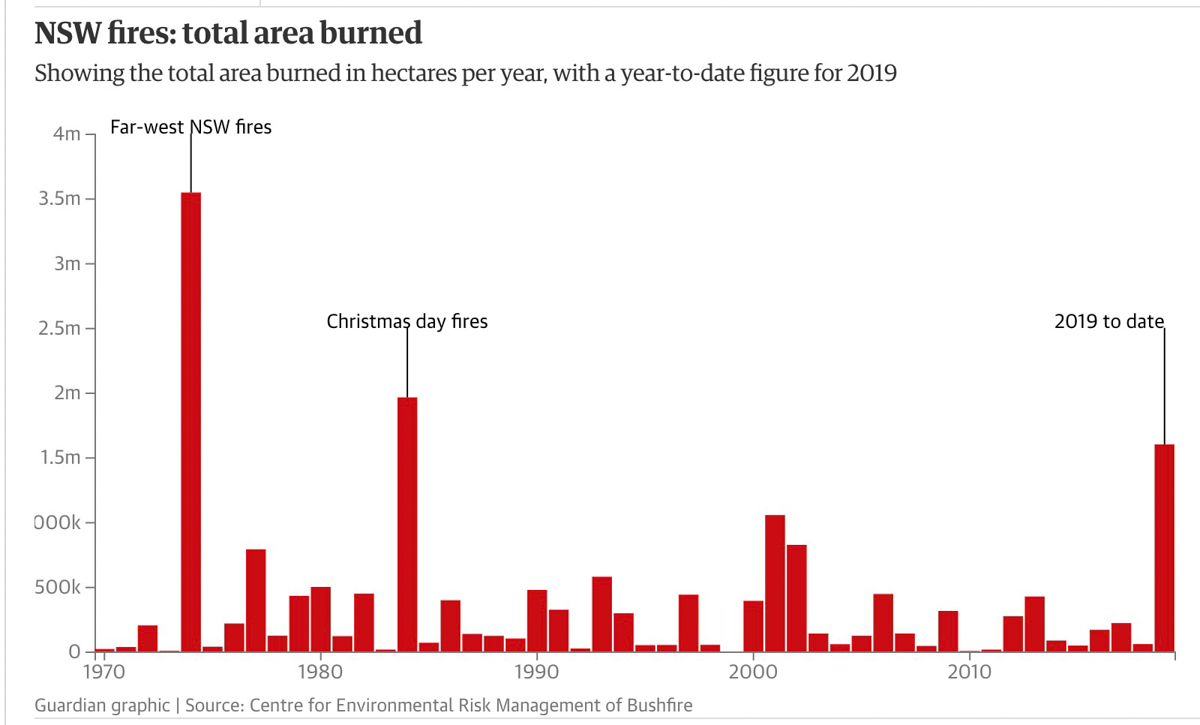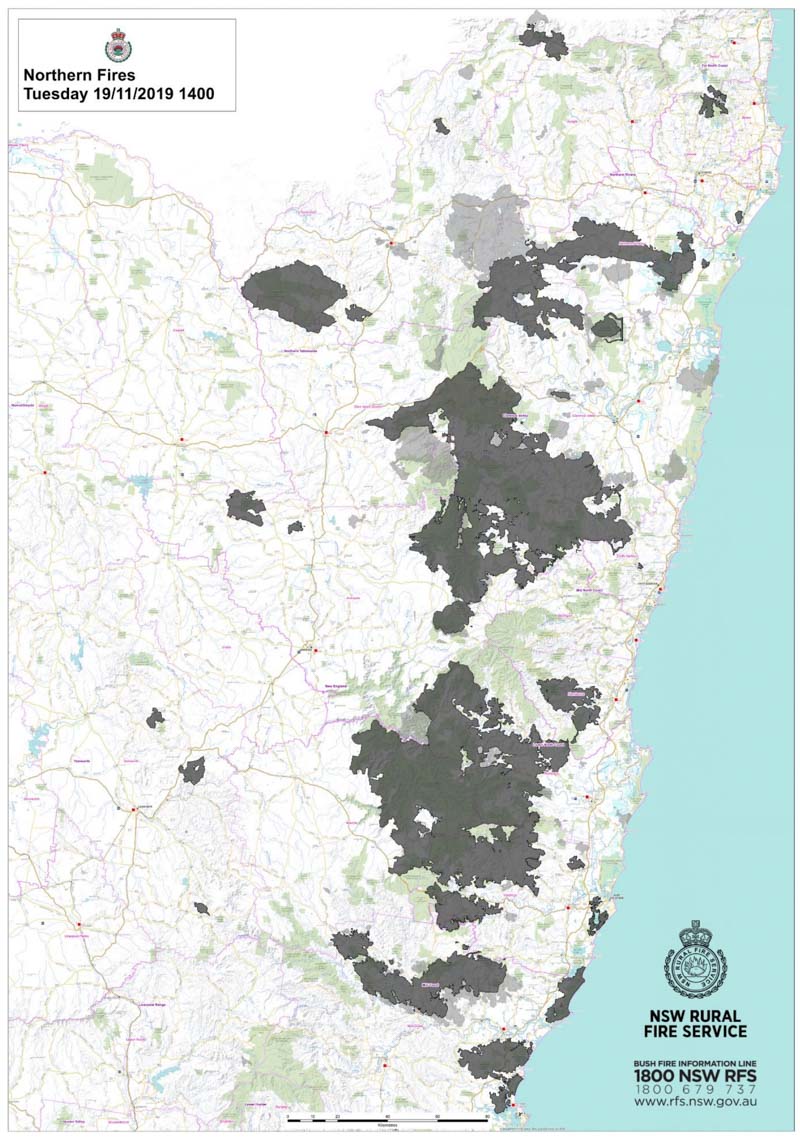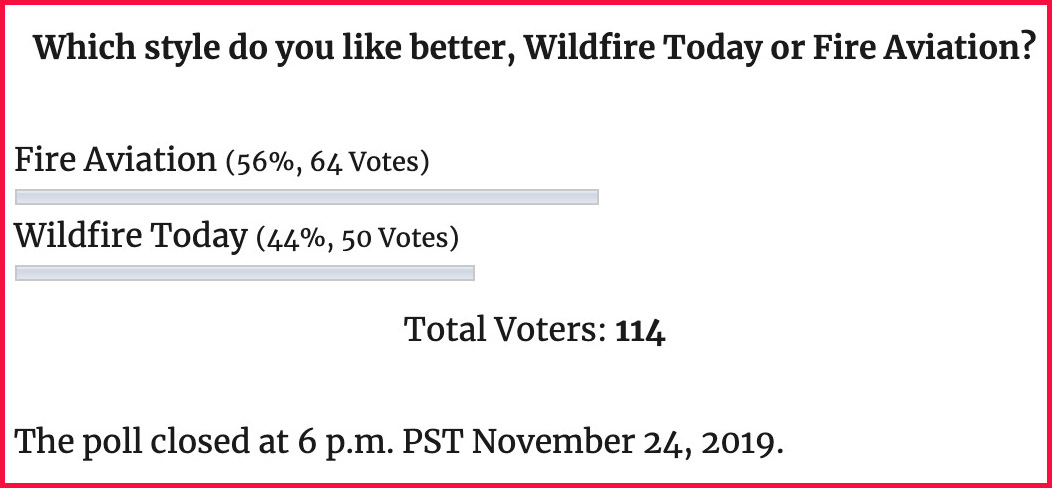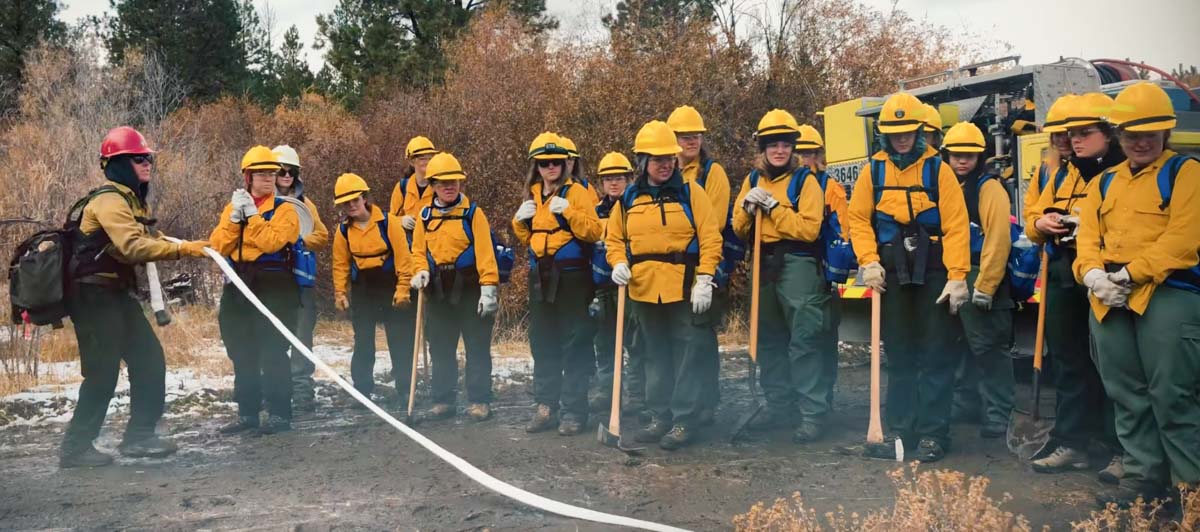
From the Bureau of Land Management:
Students came from all over the country for this year’s BLM’s all-female wildfire camp in eastern Oregon.
For the class final, the all-female crew of wildfire students dug fire line, rolled hose, and burned slash piles in the eastern Oregon snow.
The live burn exercise was the climax of the second annual Women in Wildland Fire Boot Camp, a BLM recruitment and retention tool that organizers hope will add diversity to the applicant pool for wildfire jobs.
The boot camp is really a paid training opportunity, part classroom and part field work, for women to become certified for federal fire jobs, an industry long dominated by men.
“I think we’re acknowledging we need to add diversity to our workforce,” said Jeff Fedrizzi, the top BLM fire official for Oregon and Washington, “And we’re putting our money where our mouth is.”
Twenty women attended last year and more than half of that first class ended up getting a job in firefighting, said Cassandra Andrews-Fleckenstein, the BLM program manager for the camp. This year, 25 women attended the two-weekend camp, once again coming from across the country. Students slept outside in 10-degree weather, used portable toilets, and wore the classic wildland firefighter uniform of yellow shirt and green pants, just like any other fire camp.
Kathleen Mascarenas, who is studying forestry and fire science at Colorado State University, said she came to the Women in Wildland Fire Boot Camp to get her foot in the door for a future job.
“I really just wanted to get a hands-on experience,” said Mascarenas, as a controlled burn crackled behind her last month. “I thought it would be a great experience to get started and meet some of the women that I would be hopefully working with in the future,” she said.
One of the attendees from Oregon, Kelli Creekmore, said she recently got her emergency medical technician license and is hoping to get a job providing first aid to wildland firefighters.
In addition to the typical fire coursework, students also received special presentations, for example, what it is like to be pregnant during a wildfire pack test, and how to successfully apply via USAJobs.gov.
Since many of the camp attendees are coming in with advanced education and other valuable prerequisites, it is imperative that they become fluent in the federal hiring process, said camp manager Andrews-Fleckenstein.
“They are frustrated because they don’t really know how to get into these fire jobs,” said Andrews-Fleckenstein, listing the main gripe she heard from students at the camp. “I’m finding that this camp is kind of a bridge for them.”
Bob Narus, the fire manager for the BLM’s Vale District, an area that spans more than 5 million acres in eastern Oregon, said simply making more applicants aware that the BLM is an option for firefighting jobs is important.
“I think there’s value in having these women in wildfire camps, so more people can become aware that, ‘Hey, I can go fight fire with the BLM also, not just the Forest Service,’” said Narus.
While camp attendees are compensated for their time, they are not reimbursed for their travel to and from rural eastern Oregon. Last year, one student flew round-trip from Chicago between university midterms to attend the boot camp, said Andrews-Fleckenstein, noting the clear and unique value of the all-female BLM fire camp.
“I think if we had more of them across the country, or offered a couple more, you might get a lot of people coming into it,” she said.
— by Toshio Suzuki, tsuzuki@blm.gov


